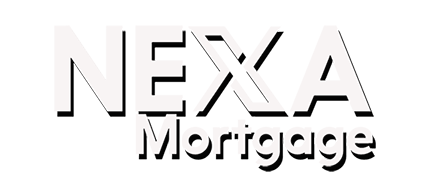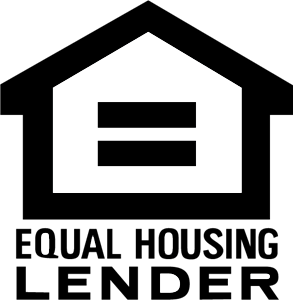Buying A Home With Less Than 20% Down Payment?
Hear this out! When determining how much you could save, making your down payment as close to 20% of the home’s purchase price as possible is ideal. This way, you’ll be going to pay less in interest and fees and could start out with more equity in your home.
MOST PEOPLE DON’T PUT 20% DOWN ON THEIR HOME
20% Down Payment Assistance Programs vary with certain requirements for each. State or local housing authorities, non-profit organizations, or lenders usually set the requirements and conditions for the DPA program. Some programs require you or your loan officer to take a short course on Down Payment Assistance for first-time homebuyers.
Moreover, other states have special programs that support home purchases in selected geographic areas.
In the United States, down payments for home purchases typically range between 20% and 3.5% of the purchase price. Borrowers that qualify for an FHA loan pay 3.5% for a down payment.
The three main purposes of a down payment are, first, to ensure that the lending institution has enough capital, second, to create money for a loan in fractional reserve banking systems and third, to recover some of the balance due on the loan if the borrower defaults.
In real estate, the asset is used as collateral to secure the loan against default. If the borrower fails to repay the loan, the lender is legally entitled to sell the asset. The lender could also retain enough of the proceeds to repay the remaining balance on the loan including fees and interest. A down payment, in this case, reduces the lender’s risk to less than the value of the collateral, making the full amount in the event of default more likely be recoverable by the lender.
Do You Need to Have a 20% Down Payment?
- A cleaner path to loan approval
- Lower mortgage rates
- You’ll likely pay off your mortgage sooner
- A lower monthly mortgage payment
- No mortgage insurance
Save for a Down Payment Some Points









